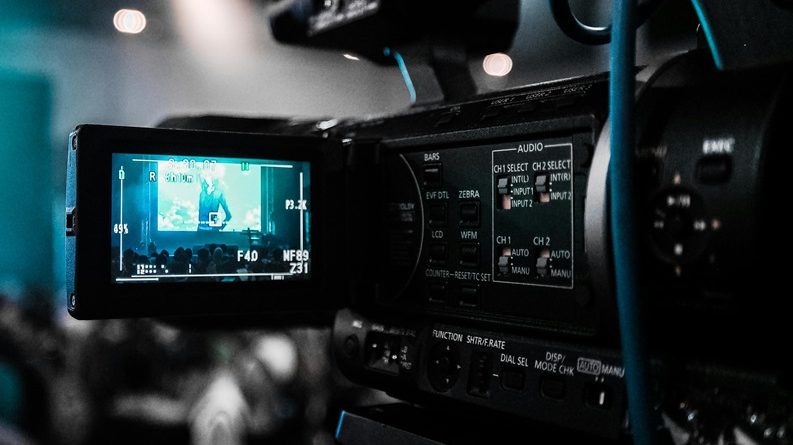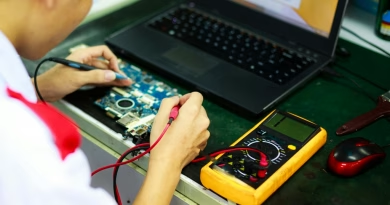AI Is Replacing Cameras Now: What Veo 3 Tells Us About the Future of Creativity
Once upon a time, creativity required gear.
A camera. A lighting rig. A studio. A crew.
But today? It might just need a prompt.
Google Veo 3 isn’t just an upgrade to generative AI video—it’s a signpost for a deeper shift: the gradual replacement of traditional tools with neural ones.
And if you’re an artist, filmmaker, or storyteller, that’s as exhilarating as it is existential.
From Lenses to Language
Veo 3 takes your scene ideas—“sunset over Tokyo, drone shot, futuristic city vibe”—and turns them into professional-grade video.
No lens.
No actor.
No green screen.
Just language.
This marks a historic pivot:
Creation is becoming conceptual before it’s ever technical.
This Isn’t Just Efficiency—It’s Evolution
AI doesn’t just speed up workflows. It redefines what a “workflow” even is.
Consider:
- A writer now directs visual scenes with no film training.
- A designer can skip camera shoots and build motion visuals from keywords.
- A musician might generate music videos without hiring anyone.
The idea-to-output gap is shrinking. Radically.
The Upside: Democratized Storytelling
Let’s be honest—creativity has always had a cost barrier.
Veo 3 lowers that barrier by:
✅ Making cinematic visuals accessible to those with no gear
✅ Letting solo creators match the visual energy of agencies
✅ Empowering underrepresented voices who couldn’t afford production setups
The camera, in this world, becomes optional. And that’s revolutionary.
But It Also Raises Big Questions
📉 Does skill still matter?
If AI can match or beat beginner-level creative output, what happens to learning the craft? Does the value of “trying” drop?
🎨 What is creativity in a prompt-driven world?
Are we still “making” when we’re describing something for a machine to make?
🧠 Who gets to define originality?
If 100 people prompt “cyberpunk Tokyo street,” and Veo makes them all, who owns the visual idea? Is originality now algorithmic?
The Coming Split in Creative Identity
Veo 3 signals the rise of two creative types:
- Prompt Architects
People who master the art of language-based visual design—curating prompts, tweaking outputs, and shaping AI aesthetics. - Traditionalists (or “Tool Purists”)
Those who still shoot, draw, record, and craft manually—not for efficiency, but for authenticity.
Neither is “better.” But this divide will shape everything—from content jobs to audience expectations.
Olivia’s View
Veo 3 isn’t replacing creativity. It’s refactoring it.
We’ve entered an era where describing your vision is as valuable as building it with your hands. That means more people can create—and that’s a win.
But it also means redefining what it means to be a creator in the first place.
If cameras once captured what we saw,
AI now captures what we imagine.
And that’s both thrilling and terrifying.




